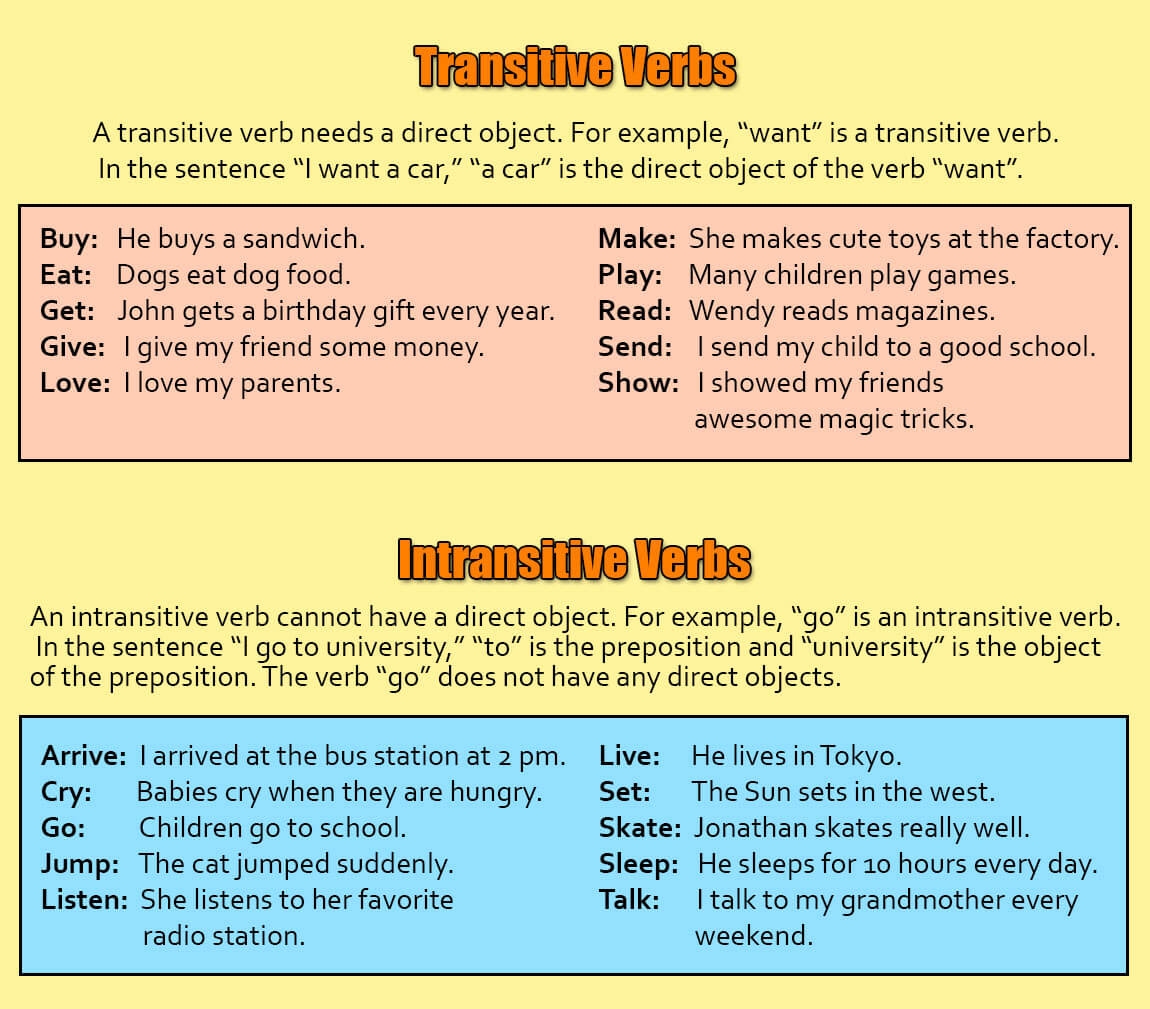In grammar, verbs are classified into various categories based on their function in a sentence. Transitive verbs are one such category that plays a crucial role in conveying the action of the subject to the object. Understanding transitive verbs is essential for constructing meaningful and complete sentences.
Transitive verbs are verbs that require an object to complete their meaning. They transfer the action of the subject to the object in a sentence. Without the object, the sentence would be incomplete. Transitive verbs can be followed by a direct object, which receives the action of the verb. For example, in the sentence “She ate an apple,” the verb “ate” is transitive, and “an apple” is the direct object.
Definition and Examples
Transitive verbs can be identified by asking the question “what” or “whom” after the verb. If the answer completes the action of the verb, then it is a transitive verb. Here are some examples of transitive verbs:
- He ate a sandwich.
- She plays the piano.
- They watched a movie.
- We cleaned the house.
- I read a book.
Transitive verbs can also be used in passive voice sentences, where the subject receives the action rather than performing it. For example, “The cake was eaten by the children.” In this sentence, “eaten” is a transitive verb in the passive voice.
It is important to note that not all verbs can be transitive. Intransitive verbs do not require an object to complete their meaning. For example, in the sentence “She sleeps peacefully,” the verb “sleeps” is intransitive as it does not transfer the action to an object.
Overall, transitive verbs play a vital role in sentence construction by connecting the subject to the object and completing the action. By identifying transitive verbs and their objects, you can create clear and concise sentences that effectively communicate your message.
Next time you write a sentence, pay attention to the verbs used and see if they are transitive or intransitive. Understanding the difference can help improve your writing and make your sentences more engaging.
